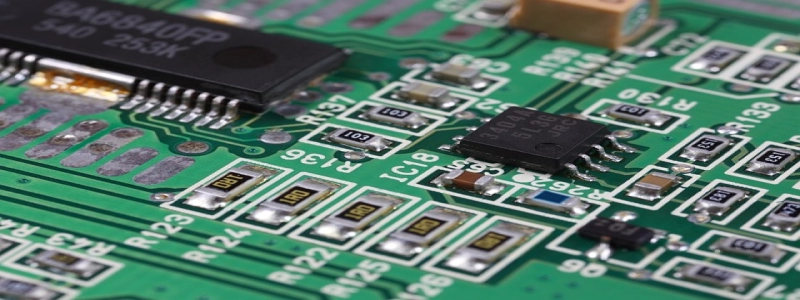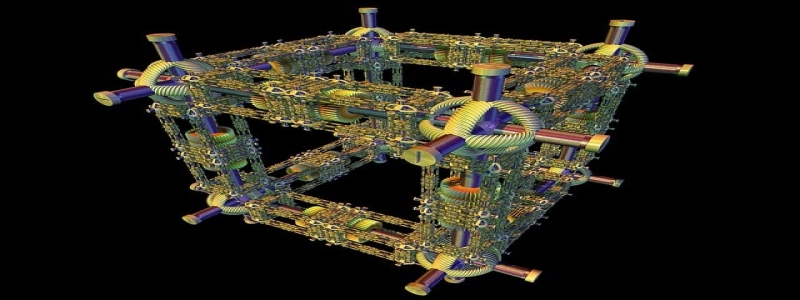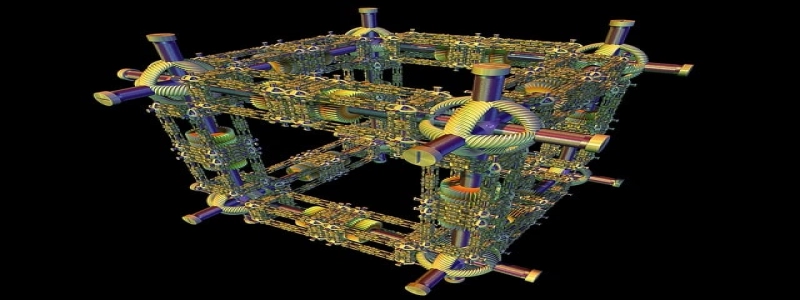Single Mode Fiber vs Multimode Fiber
I. Introduction
A. Brief overview of fiber optic technology
B. Importance of choosing the right fiber type
II. Single Mode Fiber
A. Definition and characteristics
B. Advantages
1. Higher transmission speeds
2. Longer transmission distances
3. Better performance in high-bandwidth applications
III. Multimode Fiber
A. Definition and characteristics
B. Advantages
1. Lower implementation costs
2. Wider range of available equipment
3. Easier installation and maintenance
IV. Comparison between Single Mode Fiber and Multimode Fiber
A. Transmission capacity
B. Distance limitations
C. Cost considerations
D. Installation and maintenance factors
V. Conclusion
A. Summary of the key differences between single mode fiber and multimode fiber
B. Importance of considering specific requirements before choosing the appropriate fiber type
I. Introduction
Fiber optic technology has revolutionized the way we transmit data, providing faster and more reliable communication solutions. However, when it comes to choosing the right fiber type, selecting between single mode fiber and multimode fiber can be a challenging task.
II. Single Mode Fiber
Single mode fiber is a type of optical fiber that allows only one mode or pathway for light to propagate. It has a smaller core diameter, typically around 9 microns, which enables the transmission of light signals over longer distances with minimal loss. This makes it ideal for long-haul communication networks and applications that require high bandwidth and low attenuation.
Advantages of single mode fiber include higher transmission speeds, longer transmission distances, and better performance in high-bandwidth applications. The narrower core focuses the light signal more precisely, reducing signal loss and enabling faster data rates. Single mode fiber can transmit signals over tens or even hundreds of kilometers without the need for expensive signal boosters or repeaters.
III. Multimode Fiber
Multimode fiber, on the other hand, allows multiple modes or pathways for light to propagate. It has a larger core diameter, typically between 50 and 62.5 microns, which facilitates the transmission of light signals over short distances. This type of fiber is commonly used in local area networks (LANs) and shorter distance applications.
Advantages of multimode fiber include lower implementation costs, a wider range of available equipment, and easier installation and maintenance processes. The larger core diameter allows for easier coupling of light sources and cheaper connectors, reducing overall system costs. Additionally, a variety of networking equipment is compatible with multimode fiber, making it a more flexible and easily accessible option for many applications.
IV. Comparison between Single Mode Fiber and Multimode Fiber
When comparing single mode fiber and multimode fiber, several factors need to be considered.
Transmission capacity: Single mode fiber has a higher transmission capacity, making it suitable for applications that require extremely high data rates. Multimode fiber, on the other hand, has a lower capacity but is more than sufficient for most LAN and short-distance applications.
Distance limitations: Single mode fiber can transmit signals over much longer distances without the need for signal amplification or repeaters. Multimode fiber, however, has limitations in terms of distance due to modal dispersion, where different light modes arrive at the receiver at different times, causing signal degradation over long distances.
Cost considerations: Single mode fiber generally has higher implementation costs due to the requirement of more precise components and the need for specialized transceivers. Multimode fiber, with its larger core and compatibility with a wider range of equipment, offers a more cost-effective solution.
Installation and maintenance factors: Multimode fiber is easier to install and maintain due to its larger core size. It requires less precise alignment and provides greater tolerance for connector and cable quality variations. In contrast, single mode fiber requires more careful handling and installation to ensure optimal performance.
V. Conclusion
In conclusion, both single mode fiber and multimode fiber have their own advantages and drawbacks. The choice between the two depends on specific requirements, such as transmission capacity, distance limitations, and cost considerations. It is crucial to carefully evaluate these factors before selecting the appropriate fiber type for any given application.







